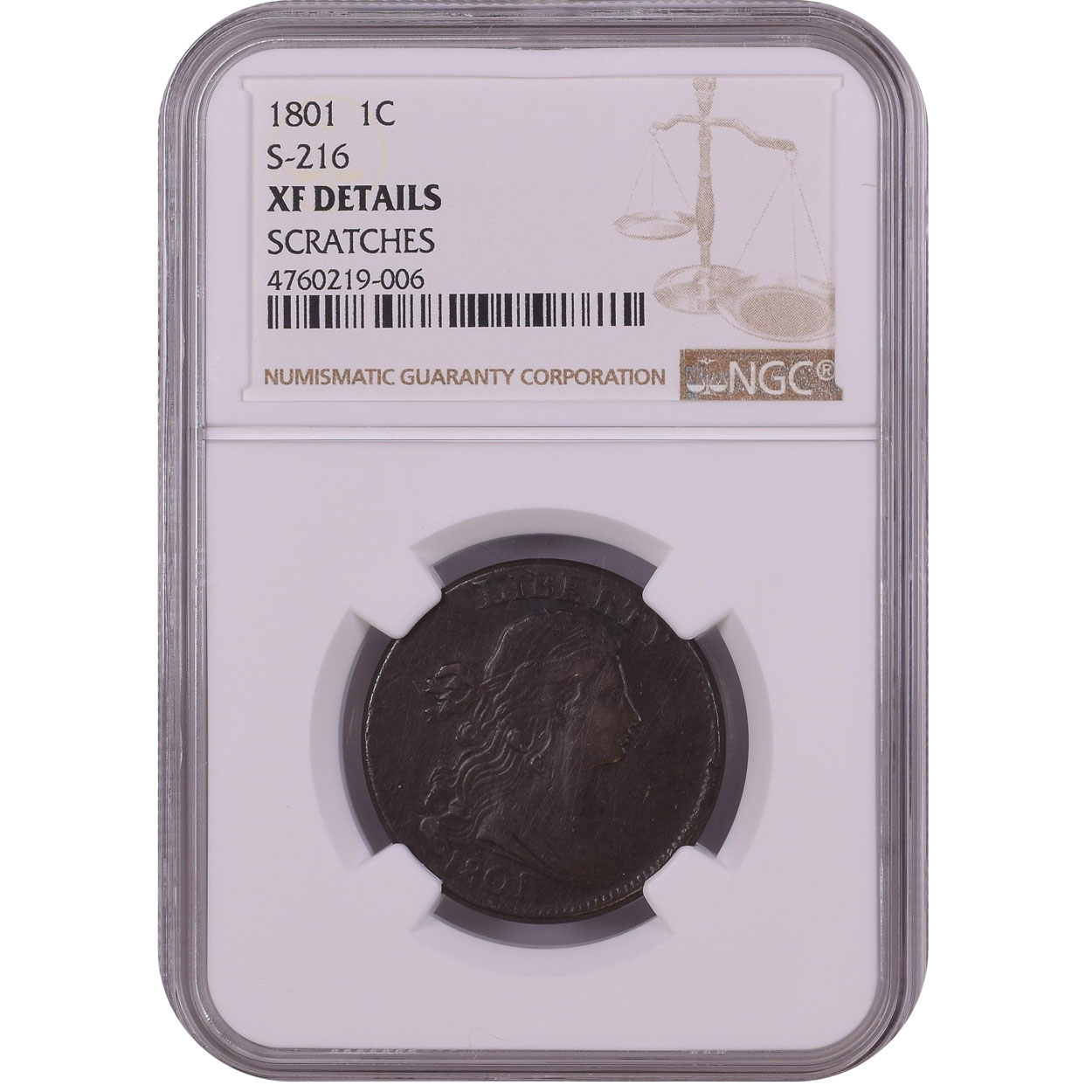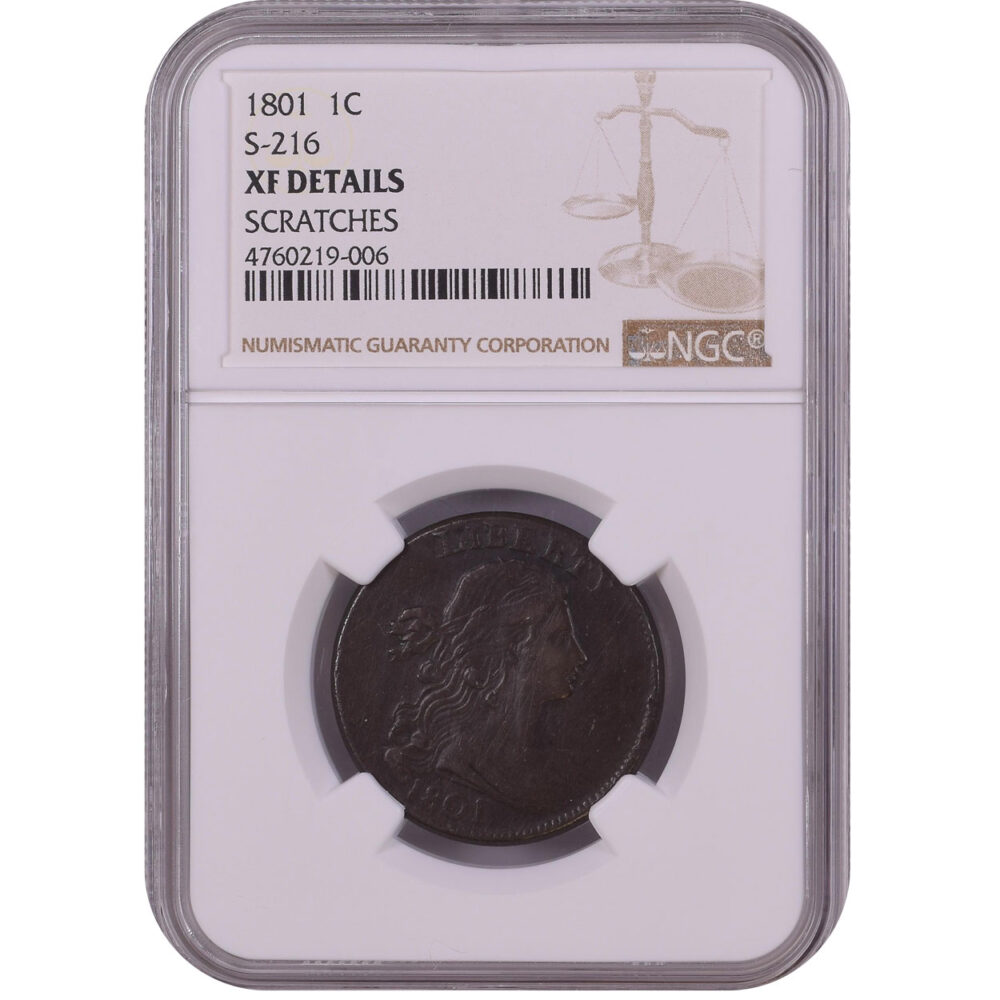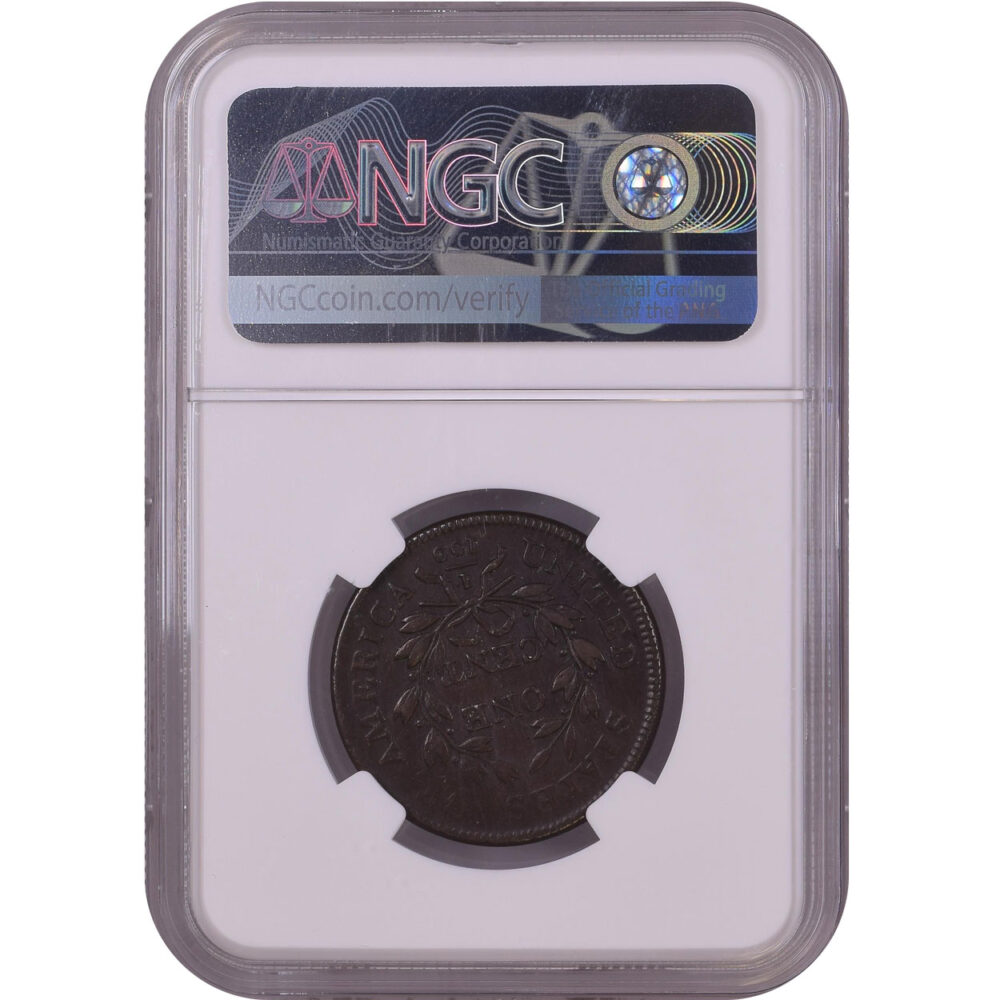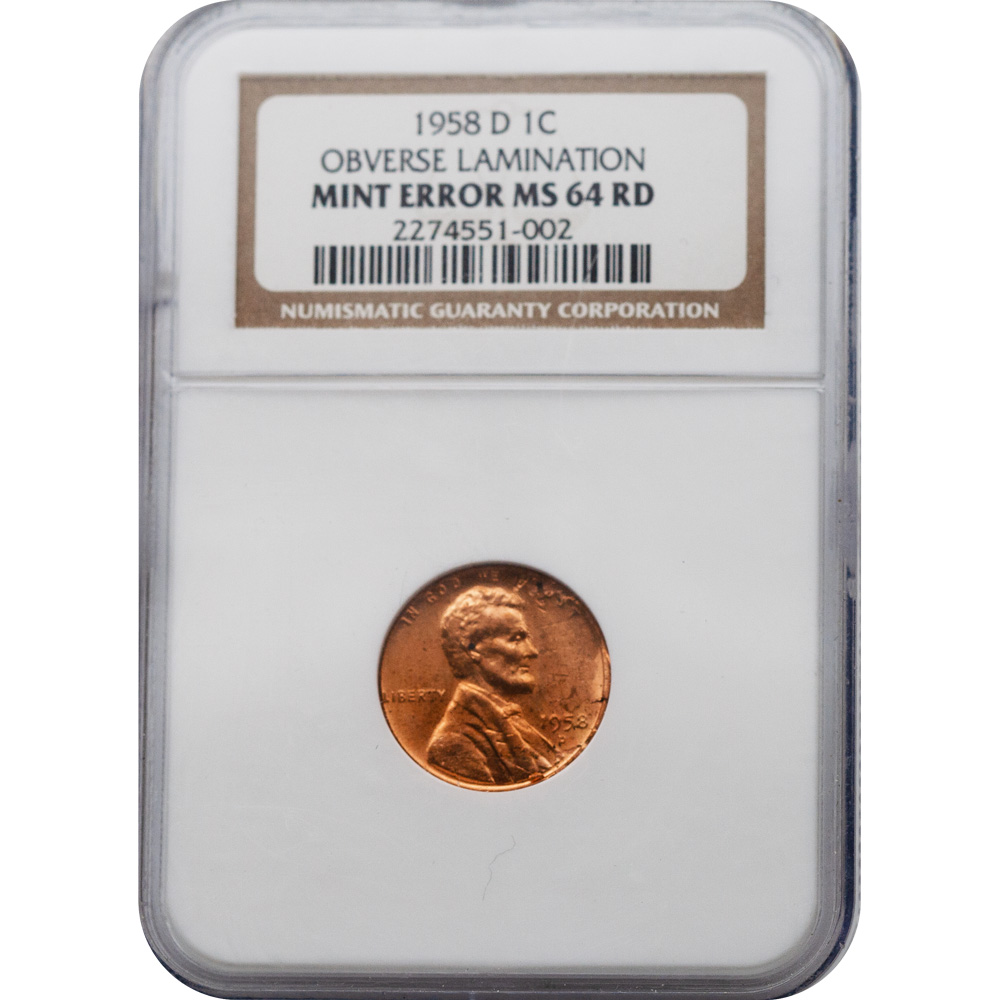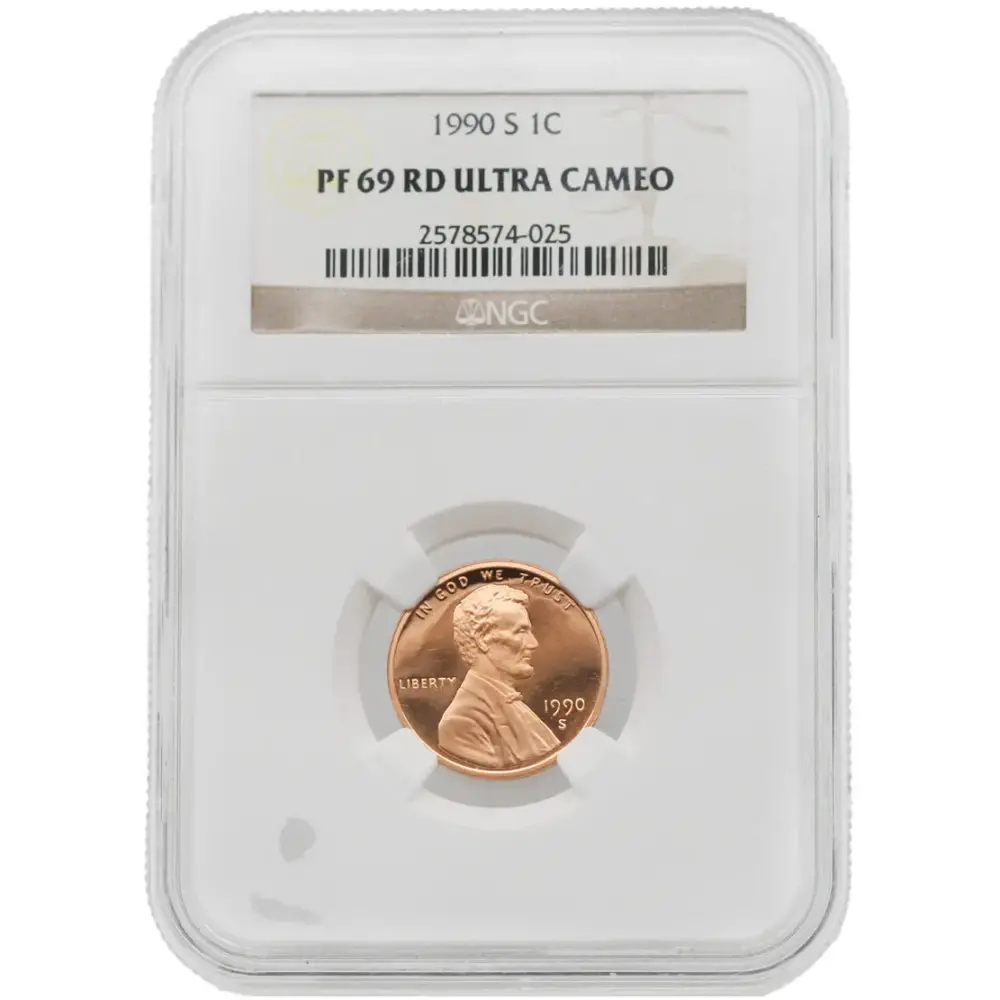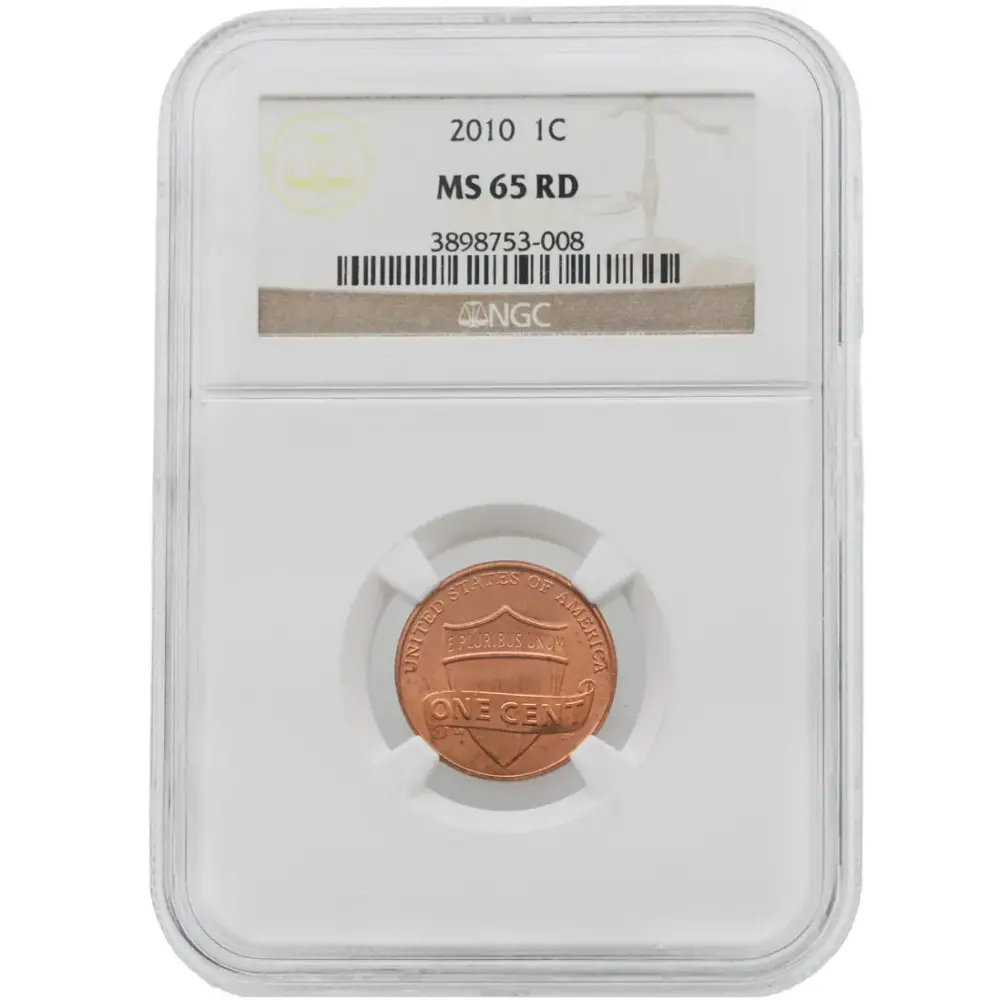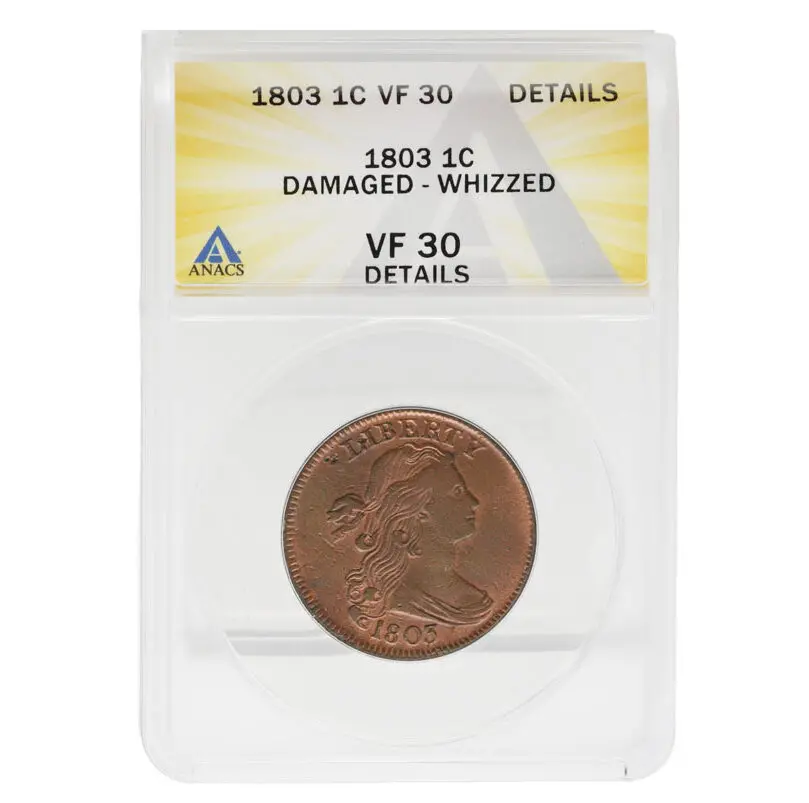Coin Highlights
-
Issuer: United States of America
-
Date: 1801
-
Mint: Philadelphia (no mintmark)
-
Denomination: One Cent (1¢)
-
Variety: Sheldon-216 (Reverse die variety)
-
Composition: Pure copper (~100%)
-
Weight: ~10.89 g (planchets often vary)
-
Diameter: 27–29 mm
-
Grade: NGC XF Details – Scratches noted
-
Obverse Design: Liberty facing right with flowing hair tied with a ribbon; inscription LIBERTY above and date below.
-
Reverse Design: Wreath encircling ONE CENT with UNITED STATES OF AMERICA surrounding; denomination 1/100 below.
-
Edge: Lettered ONE HUNDRED FOR A DOLLAR
Historical Significance
-
The Draped Bust Large Cent series (1796–1807) was designed by Robert Scot, Chief Engraver of the U.S. Mint.
-
These cents reflect the early struggles of the Philadelphia Mint, where hand-engraved dies and variable copper planchets produced wide variations and die marriages, later catalogued by Dr. William Sheldon.
-
The 1801 issue, with a total mintage of 1,362,837 coins, is part of the formative years of American coinage, issued when Thomas Jefferson served as Vice President under John Adams.
About the S-216 Variety
-
The Sheldon-216 is a recognized die marriage for the 1801 cent, identified by distinctive die markers in both obverse and reverse design elements.
-
Collectors of Early American Coppers (EAC) pursue these varieties extensively, and the attribution adds further historical and collectible significance.
Collectibility
-
At the XF detail level, this coin retains strong definition in Liberty’s portrait and the wreath, despite noted surface scratches.
-
The scratches designation is typical for early large cents, as these coins circulated heavily and were often mishandled in their long lives.
-
Its rarity as a certified, attributed S-216 variety ensures lasting collector demand, even with condition issues.
-
A solid opportunity for variety specialists and type collectors seeking an affordable yet detailed example of an 1801 Draped Bust cent.

